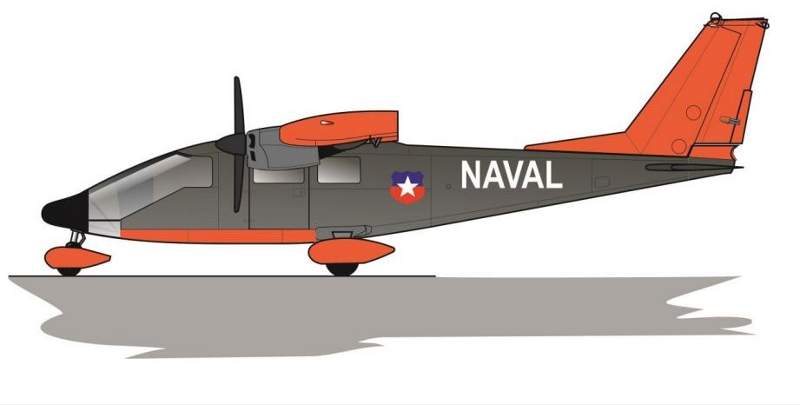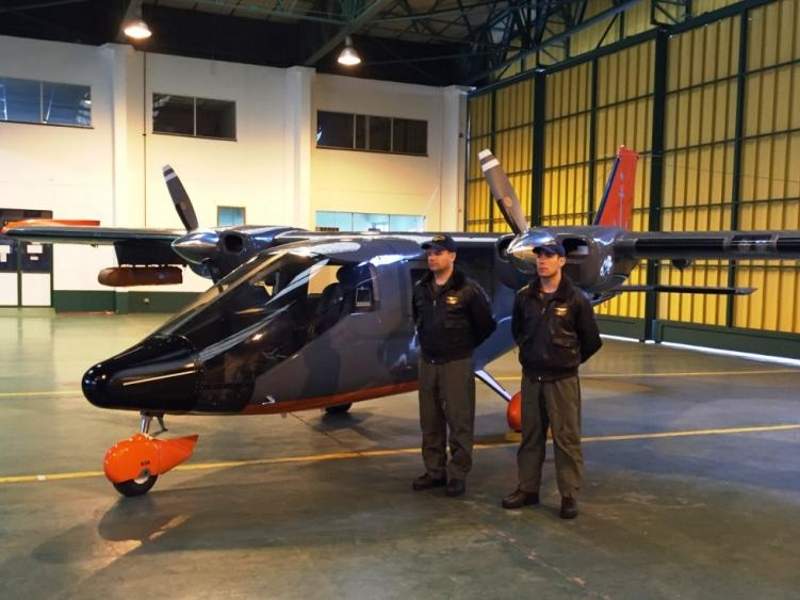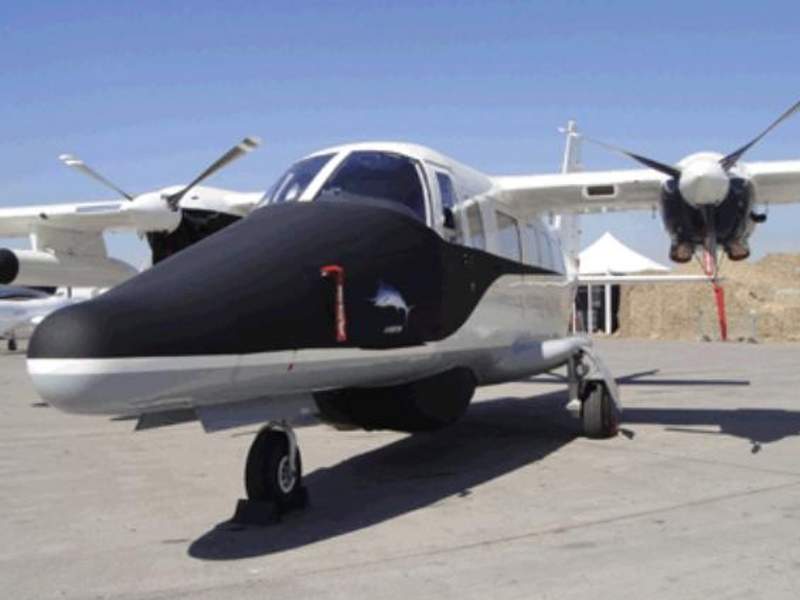P68 Observer 2 is a twin-engine, observation and patrol aircraft produced by Vulcanair Aircraft that can also be configured to serve a range of special mission applications. The aircraft can be deployed in patrol, search and rescue (SAR), transport, reconnaissance, and medical evacuation (MEDEVAC) missions.
The Chilean Navy (Armada de Chile) placed a contract for the delivery of seven aircraft in September 2015. The new aircraft will replace the ageing fleet of Cessna O-2A Skymasters.
The first P68 Observer 2 was handed over to the Chilean Navy in July 2016. Four aircraft were scheduled to be delivered by the end of the same year, while the last two delivered in early 2017.
Design and technical specifications of the observation and patrol aircraft
The P68 Observer 2 features a high-wing monoplane configuration and fuselage of aluminium construction. The structure reduces the aircraft’s weight compared to a similar aircraft made of composites.
The under-fuselage is installed with maintenance-free, leaf spring fixed landing gear. The aircraft can be optionally fitted with de-icing equipment to operate in winter conditions across the North Sea and Northern Europe.
The P68 Observer 2 has an overall length of 9.43m, wingspan of 12m and height of 3.4m. The empty weight of the aircraft is 1,420kg, while the maximum take-off weight is 2,084kg. The aircraft has the capacity to carry a maximum useful load of 680kg.
P68 Observer 2 cockpit and avionics
The new P68 Observer 2 integrates a full Plexiglas nose offering unrestricted forward visibility for pilots and operators. The forward placement of the pilot in proportion to the wing delivers superior rearward visibility in turns.
The new, redesigned glass cockpit allows for the installation of the GPS, navigation and communication equipment while ensuring extremely small dimensions of the cockpit to achieve side and forward visibility.
The avionics suite integrates Garmin GDU 1040 digital primary and multi-function displays, magnetic compass, MD-302 digital standby attitude module, chronometer, dual primary flight controls, and automatic emergency locator transmitter (ELT).
The aircraft also features a camera hatch for supporting the installation of equipment, such as professional digital photogrammetric cameras or various gyro-stabilised cameras from L3 Wescam and FLIR Systems.
P68 passenger cabin
The passenger cabin measures 1.78m-long and 1.16m-wide and offers a total volume of 2.47m³. The redesigned interiors ensure more headroom, especially in the aft area. The standard 1+5 seating layout houses a single pilot and five passengers.
The passenger cabin and baggage compartment are provided with a passenger entrance door and large aft cargo door respectively. The aircraft can be also be configured to carry seven personnel by installing a rear bench to house three people in the last row.
The luggage compartment offers 0.66m³ of storage volume. The seats can be rapidly removed to create a large cabin space to carry goods such as mountain bikes, golf clubs or stretchers for aerial ambulance missions.
P68 Observer 2 engines and performance
The new P68 Observer 2 is powered by two Lycoming IO-360-A1B6 four-cylinder engines. Each engine, driving a Hartzell constant speed, full-feathering propeller, develops a maximum power output of 200hp. The fuel is supplied from two tanks with a total storage capacity of 538l.
The aircraft has a cruise speed of 301km/h and stall speed of 106km/h. It can fly at a maximum altitude of 5,490m and climb at a rate of 6m/s. It requires a take-off distance of 400m and landing distance of 600m, with a maximum endurance of 9.6 hours.










